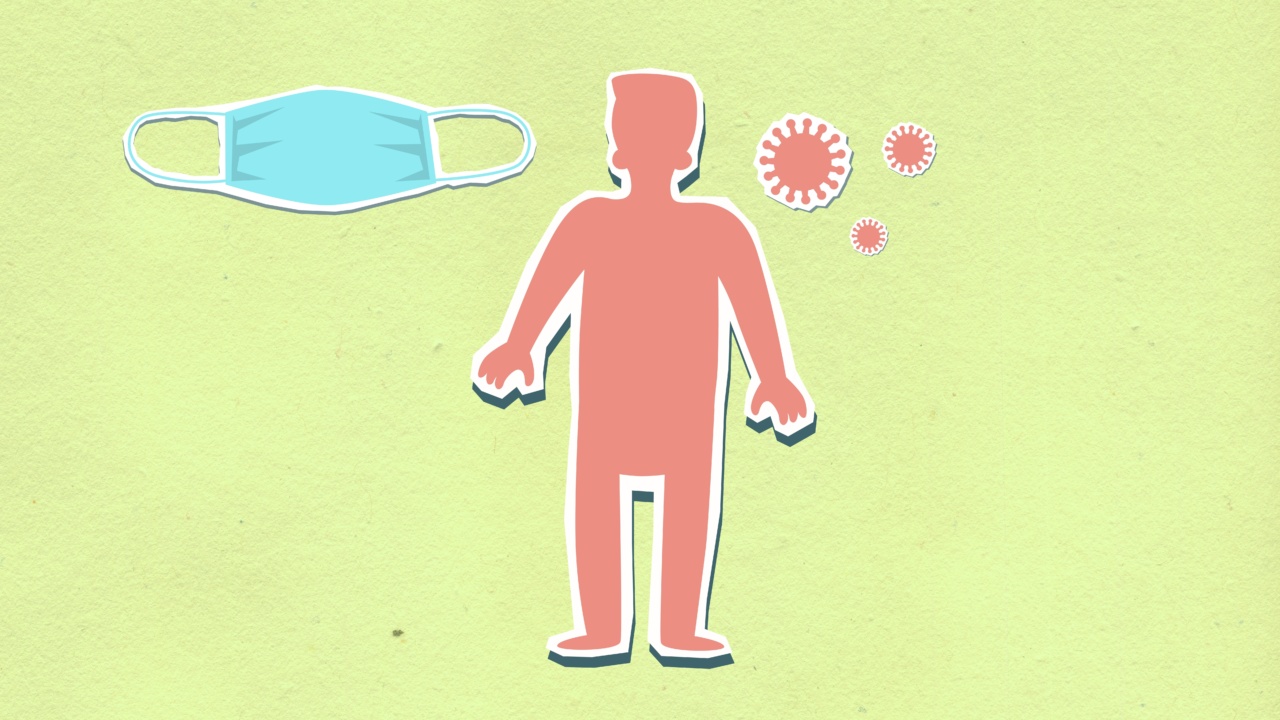Fungal infections are a common occurrence and can affect various parts of the body, including the skin, nails, and internal organs. One area where fungal infections can pose a serious threat is in the respiratory system.
When fungi invade the respiratory system, they can cause significant damage and lead to various complications. In this article, we will explore the dangers associated with fungal infections targeting the respiratory system and discuss prevention and treatment strategies.
Understanding Fungal Infections
Fungi are organisms that can be found in the environment, including soil, plants, and even the air we breathe.
While many types of fungi are harmless, certain species can cause infections in humans, especially when there is a weakened immune system or exposure to an abundance of fungi.
Fungi and the Respiratory System
When fungi are inhaled or enter the respiratory system through other means, they have the potential to cause various respiratory infections.
These infections can range from mild to severe, depending on the type of fungus and the individual’s overall health.
Common fungal infections of the respiratory system include:.
1. Aspergillosis
Aspergillosis is a group of infections caused by the fungus Aspergillus. This fungus is commonly found in the environment and can be inhaled without causing any harm in healthy individuals.
However, in people with weakened immune systems or underlying lung conditions, Aspergillus can cause severe respiratory complications.
2. Pneumocystis pneumonia
Pneumocystis pneumonia (PCP) is a fungal infection caused by the fungus Pneumocystis jirovecii.
It primarily affects individuals with a weakened immune system, such as those with HIV/AIDS, organ transplant recipients, or individuals undergoing chemotherapy.
3. Histoplasmosis
Histoplasmosis is caused by the fungus Histoplasma capsulatum, which is commonly found in soil that contains bird or bat droppings. Inhalation of fungal spores can lead to respiratory infections, especially in areas where the fungus is prevalent.
Most cases of histoplasmosis are mild, but severe infections can occur in individuals with weakened immune systems.
4. Cryptococcosis
Cryptococcosis is a fungal infection caused by the fungus Cryptococcus neoformans. It is commonly found in soil contaminated with bird droppings, as well as in environments like decaying wood.
Infection occurs through inhalation of fungal spores, which can cause respiratory problems, especially in individuals with compromised immune systems.
Complications and Risks
Fungal infections targeting the respiratory system can lead to various complications, especially in individuals with weakened immune systems or pre-existing lung conditions. Some possible complications include:.
1. Difficulty breathing
Fungal infections can cause inflammation and swelling in the respiratory tract, leading to difficulty breathing. This can be particularly severe in individuals with asthma or chronic obstructive pulmonary disease (COPD).
2. Lung damage
Persistent fungal infections can result in lung damage, including the formation of lung nodules, cavities, or fibrosis. This can impair lung function and lead to long-term respiratory problems.
3. Disseminated fungal infection
In some cases, fungal infections can spread beyond the respiratory system and invade other organs, causing a disseminated infection. This can be life-threatening, especially in individuals with weakened immune systems.
Prevention and Treatment
Preventing fungal infections in the respiratory system involves taking certain precautions:.
1. Avoiding environments with high fungal exposure
Avoiding areas with an abundance of fungi, such as decaying wood or bird roosts, can help reduce the risk of respiratory fungal infections. This is especially important for individuals with weakened immune systems.
2. Proper ventilation
Ensuring proper ventilation in indoor spaces, such as homes or workplaces, can help minimize the concentration of fungal spores in the air.
3. Personal hygiene
Practicing good personal hygiene, such as regular handwashing and proper hygiene practices in public areas, can reduce the risk of fungal infections.
4. Immunizations
In some cases, immunizations may be recommended to reduce the risk of specific fungal infections, such as the pneumococcal vaccine for Pneumocystis pneumonia.
Treatment strategies for fungal infections targeting the respiratory system may include:.
1. Antifungal medications
Antifungal medications, such as azoles or polyenes, are commonly prescribed to treat fungal respiratory infections. The choice of medication depends on the specific fungal species and the severity of the infection.
2. Supportive care
In severe cases, individuals may require supportive care, such as oxygen therapy or respiratory treatments, to manage respiratory symptoms and provide relief.
Conclusion
Fungal infections targeting the respiratory system can have serious consequences, especially in individuals with weakened immune systems or pre-existing lung conditions.
Understanding the dangers associated with these infections and implementing preventive measures is essential. If you suspect a fungal infection or experience persistent respiratory symptoms, it is important to seek medical attention for proper diagnosis and treatment.































